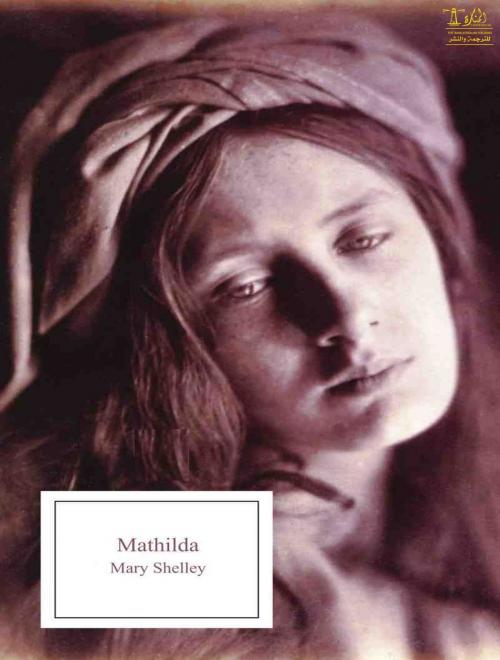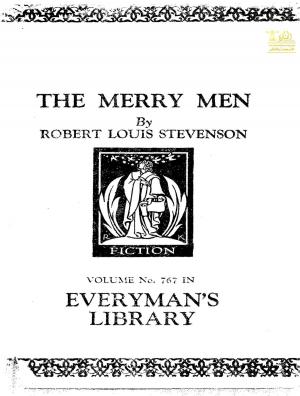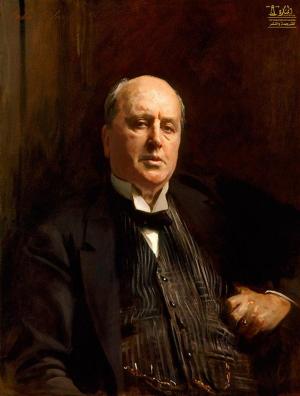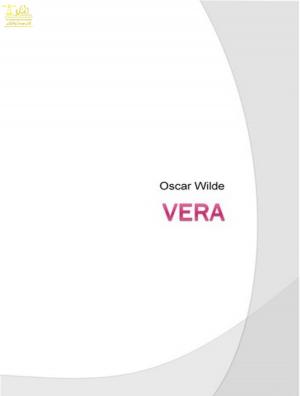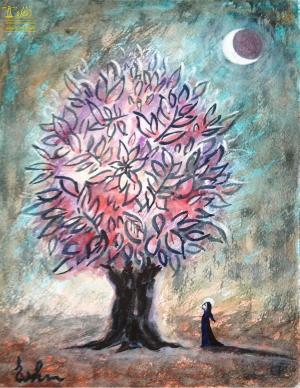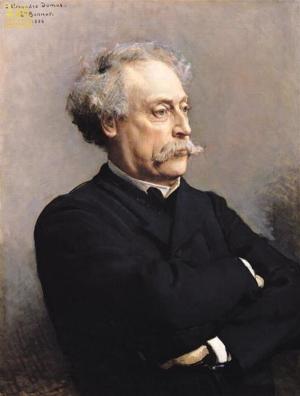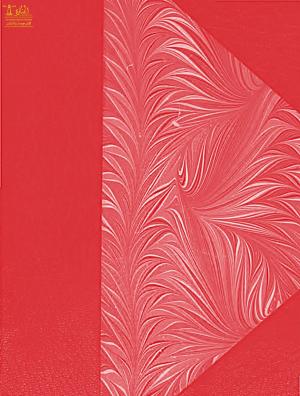Mathilda
Nonfiction, Entertainment, Drama, Anthologies, Fiction & Literature, Literary Theory & Criticism| Author: | Mary Shelley | ISBN: | 9780599456761 |
| Publisher: | Lighthouse Books for Translation Publishing | Publication: | May 10, 2019 |
| Imprint: | Lighthouse Books for Translation and Publishing | Language: | English |
| Author: | Mary Shelley |
| ISBN: | 9780599456761 |
| Publisher: | Lighthouse Books for Translation Publishing |
| Publication: | May 10, 2019 |
| Imprint: | Lighthouse Books for Translation and Publishing |
| Language: | English |
Mathilda, or Matilda, is the second long work of fiction of Mary Shelley, written between August 1819 and February 1820 and first published posthumously in 1959. It deals with common Romantic themes of incest and suicide. The narrative deals with a father's incestuous love for his daughter.
Mary Wollstonecraft Shelley, née Mary Wollstonecraft Godwin, (born Aug. 30, 1797, London, Eng.—died Feb. 1, 1851, London), English Romantic novelist best known as the author of Frankenstein.
The only daughter of William Godwin and Mary Wollstonecraft, she met the young poet Percy Bysshe Shelley in 1812 and eloped with him to France in July 1814. The couple were married in 1816, after Shelley’s first wife had committed suicide. After her husband’s death in 1822, she returned to England and devoted herself to publicizing Shelley’s writings and to educating their only surviving child, Percy Florence Shelley. She published her late husband’s Posthumous Poems (1824); she also edited his Poetical Works (1839), with long and invaluable notes, and his prose works. Her Journal is a rich source of Shelley biography, and her letters are an indispensable adjunct.
Mary Shelley’s best-known book is Frankenstein; or, The Modern Prometheus (1818, revised 1831), a text that is part Gothic novel and part philosophical novel; it is also often considered an early example of science fiction. It narrates the dreadful consequences that arise after a scientist has artificially created a human being. (The man-made monster in this novel inspired a similar creature in numerous American horror films.) She wrote several other novels, including Valperga (1823), The Fortunes of Perkin Warbeck (1830), Lodore (1835), and Falkner (1837); The Last Man (1826), an account of the future destruction of the human race by a plague, is often ranked as her best work. Her travel book History of a Six Weeks’ Tour (1817) recounts the continental tour she and Shelley took in 1814 following their elopement and then recounts their summer near Geneva in 1816.
Late 20th-century publications of her casual writings include The Journals of Mary Shelley, 1814–1844 (1987), edited by Paula R. Feldman and Diana Scott-Kilvert, and Selected Letters of Mary Wollstonecraft Shelley (1995), edited by Betty T. Bennett.
Mary Shelley, author of Frankenstein: or, The Modern Prometheus (1818), was the daughter of the radical philosopher William Godwin, who described her as ‘singularly bold, somewhat imperious, and active of mind’. Her mother, who died days after her birth, was the famous defender of women’s rights, Mary Wollstonecraft. Mary grew up with five semi-related siblings in Godwin’s unconventional but intellectually electric household.
At the age of 16, Mary eloped to Italy with the poet Percy Bysshe Shelley, who praised ‘the irresistible wildness & sublimity of her feelings’. Each encouraged the other’s writing, and they married in 1816 after the suicide of Shelley’s wife. They had several children, of whom only one survived.
A ghost-writing contest on a stormy June night in 1816 inspired Frankenstein, often called the first true work of science-fiction. Superficially a Gothic novel, and influenced by the experiments of Luigi Galvani, it was concerned with the destructive nature of power when allied to wealth. It was an instant wonder, and spawned a mythology all its own that endures to this day.
Mathilda, or Matilda, is the second long work of fiction of Mary Shelley, written between August 1819 and February 1820 and first published posthumously in 1959. It deals with common Romantic themes of incest and suicide. The narrative deals with a father's incestuous love for his daughter.
Mary Wollstonecraft Shelley, née Mary Wollstonecraft Godwin, (born Aug. 30, 1797, London, Eng.—died Feb. 1, 1851, London), English Romantic novelist best known as the author of Frankenstein.
The only daughter of William Godwin and Mary Wollstonecraft, she met the young poet Percy Bysshe Shelley in 1812 and eloped with him to France in July 1814. The couple were married in 1816, after Shelley’s first wife had committed suicide. After her husband’s death in 1822, she returned to England and devoted herself to publicizing Shelley’s writings and to educating their only surviving child, Percy Florence Shelley. She published her late husband’s Posthumous Poems (1824); she also edited his Poetical Works (1839), with long and invaluable notes, and his prose works. Her Journal is a rich source of Shelley biography, and her letters are an indispensable adjunct.
Mary Shelley’s best-known book is Frankenstein; or, The Modern Prometheus (1818, revised 1831), a text that is part Gothic novel and part philosophical novel; it is also often considered an early example of science fiction. It narrates the dreadful consequences that arise after a scientist has artificially created a human being. (The man-made monster in this novel inspired a similar creature in numerous American horror films.) She wrote several other novels, including Valperga (1823), The Fortunes of Perkin Warbeck (1830), Lodore (1835), and Falkner (1837); The Last Man (1826), an account of the future destruction of the human race by a plague, is often ranked as her best work. Her travel book History of a Six Weeks’ Tour (1817) recounts the continental tour she and Shelley took in 1814 following their elopement and then recounts their summer near Geneva in 1816.
Late 20th-century publications of her casual writings include The Journals of Mary Shelley, 1814–1844 (1987), edited by Paula R. Feldman and Diana Scott-Kilvert, and Selected Letters of Mary Wollstonecraft Shelley (1995), edited by Betty T. Bennett.
Mary Shelley, author of Frankenstein: or, The Modern Prometheus (1818), was the daughter of the radical philosopher William Godwin, who described her as ‘singularly bold, somewhat imperious, and active of mind’. Her mother, who died days after her birth, was the famous defender of women’s rights, Mary Wollstonecraft. Mary grew up with five semi-related siblings in Godwin’s unconventional but intellectually electric household.
At the age of 16, Mary eloped to Italy with the poet Percy Bysshe Shelley, who praised ‘the irresistible wildness & sublimity of her feelings’. Each encouraged the other’s writing, and they married in 1816 after the suicide of Shelley’s wife. They had several children, of whom only one survived.
A ghost-writing contest on a stormy June night in 1816 inspired Frankenstein, often called the first true work of science-fiction. Superficially a Gothic novel, and influenced by the experiments of Luigi Galvani, it was concerned with the destructive nature of power when allied to wealth. It was an instant wonder, and spawned a mythology all its own that endures to this day.
